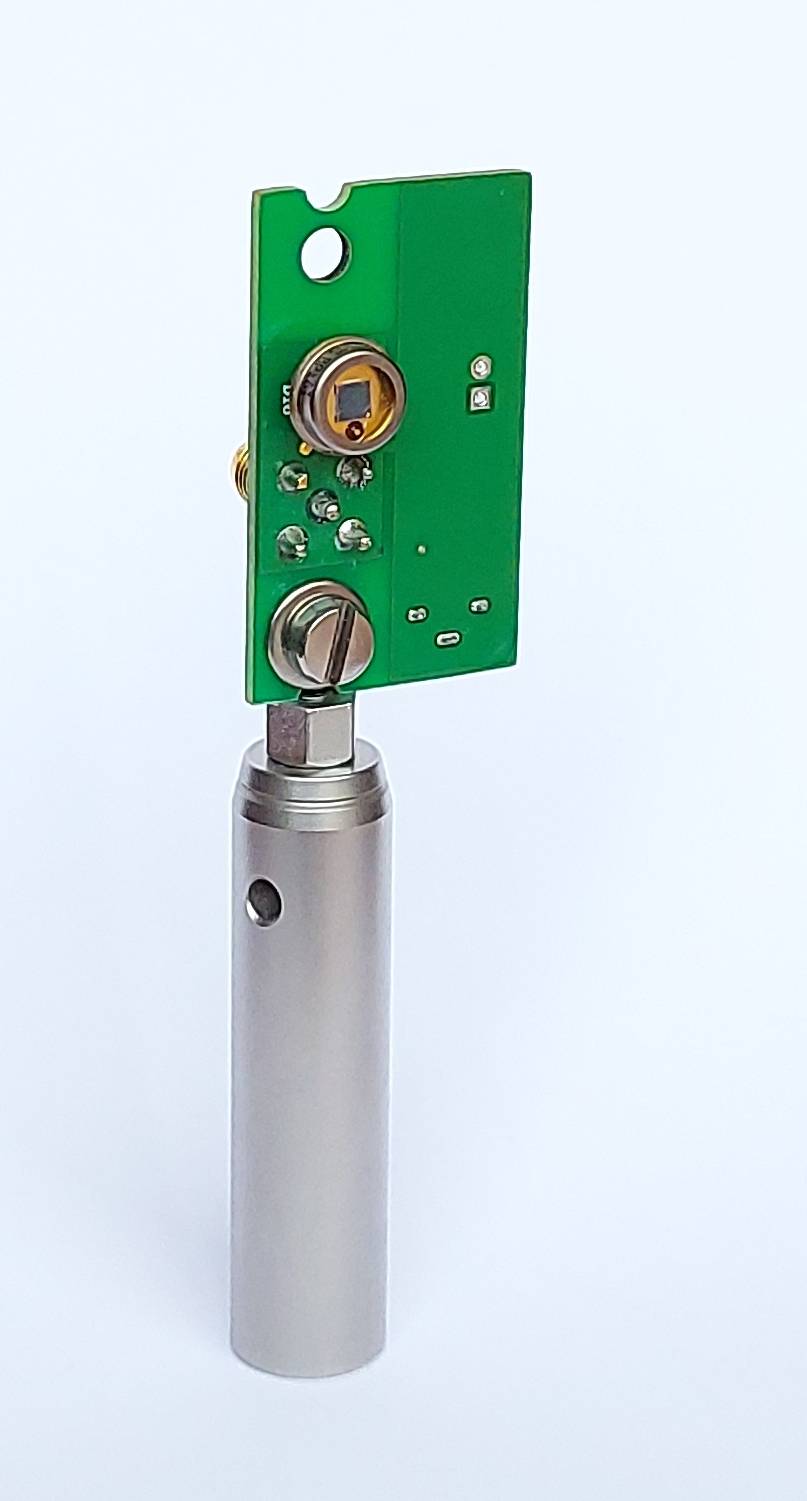
My own journey has gone through science experimentation. First as a technician and then as a PhD. Every step of the way I have seen the enormous utility of designing my own electronics PCB’s. It can be for detectors, filtering, amplification or serial interfacing, always very useful to customize.
In science, we build experimental circumstances to observe a phenomenon. Both in the “build” and in the “observe” activity electronics play a major role. If you are a laser or optics professional get some electronics skills. I have worked in optical communication and in laser companies, some with large engineering teams. A general problem has been the disconnect between the optics and electronics professions. I have been in meetings where a laser scientist ask for an ultra-fast laser diode driver, with slow turn on to protect the laser diode from transients. So what should be ultra-fast, the fall time? Is that not a transient? From the other side the electronics engineers are puzzled about a photodiode. It is a diode, right? How do I model it in a SPICE simulation? There is also some aversion from doing tests with those goldy fiber pigtailed laser diode modules costing thousands of dollars.
This site is about bridging the gap. Giving laser engineers more electronics skills and electronics engineers familiarity with optoelectronic components.
